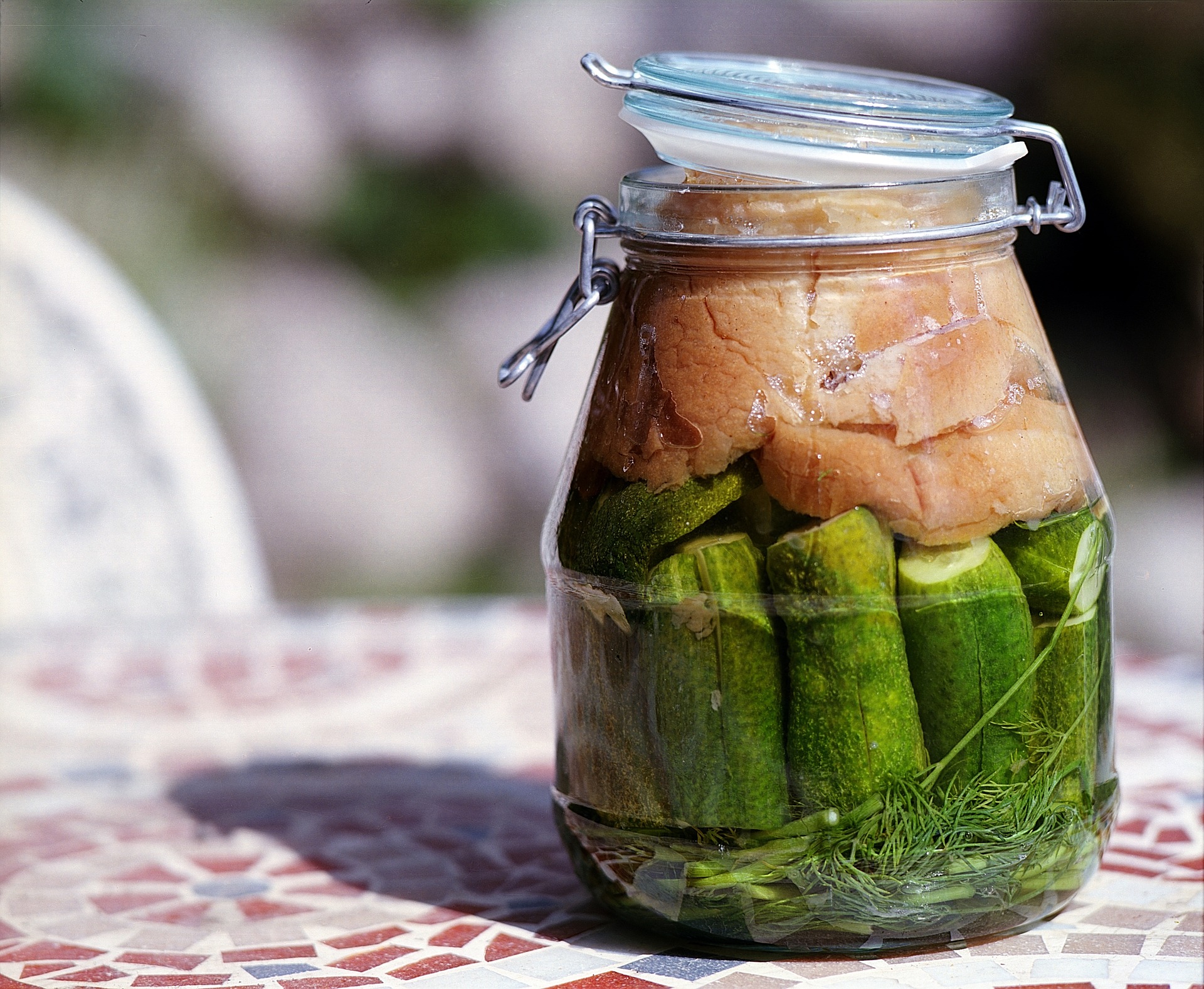
Fermented Foods Can Be Fabulous Too!
Fermented Foods Can Be Fabulous Too!
Many of us find the prospect of eating fermented foods unappealing; some might say it is rational to avoid eating rotten or gone-off produce, but in fact, many fermented dishes such as kimchi, sauerkraut, kombucha and tempeh are high in probiotics, which help to increase digestive health and boost your immune system.
The process of fermentation is not the same as that of rotting. Rotting is an uncontrolled feeding frenzy of microorganisms – some friendly, some not so much. But fermentation is the careful culturing of selected, healthy bacteria, and the elimination of those which could harm us, often using salt, sugar or acid.
The fermentation process is thought to be up to 13,000 years old, and has been used in cultures worldwide for its ability to impart a sour, umami flavour. Even today, many common commercial products, such as ketchup, vinegar, cheese, yoghurt, and, of course, alcohol, are the results of fermentation.
But one of the most remarkable features of fermentation is its sense of feeling very personal; the process of maturing it, tending to it where necessary, and nurturing the maturation or growth. Sourdough starters, for example, can grow to an enormous size, and then be offered as a personal gift for friends and family. In cultures throughout the world, fermentation starters are passed down from mother to daughter, and some families claim their starters date back hundreds of years.
However, the idea of fermenting your own food by carefully cultivating desirable microorganisms, can seem a daunting task, which requires the use of a wide range of catering equipment.
But it doesn’t have to be! Here are some easy recipes to produce your own fermented foods from home.
Simple Sauerkraut

To make a super-simple sauerkraut, all you need is 2 ingredients; cabbage and salt.
We used a measure of 2kg cabbage to 3 tbsp salt, but only a small amount of salt is needed to draw the water out of the cabbage, so these quantities can be adjusted and played with to your tastes. An important factor to take into account when making sauerkraut, is that any negative bacteria from unwashed utensils will breed. Therefore, it is crucial to thoroughly wash and disinfect all utensils and the sauerkraut jar itself.
3 Step Sauerkraut
Shred the cabbage – you can use a blender for this – and massage in the salt. You should find that some of the water is released from the vegetables.
Take this mixture, and compress it into a freshly disinfected jar (we find Kilner jars are good for this), ensuring you press out any air bubbles. To ensure that the cabbage pieces stay submerged and to limit any air contact, simply put a whole cabbage leaf on top and compress.
Leave this in an environment around 18-22°C. DO NOT TOUCH! Any mixing, stirring, agitation etc. risks introducing new bacteria to the mixture. Leave this for 3-4 weeks, and then stored in the fridge.
Kombucha

Kombucha literally translates to Kombu – seaweed and cha – tea – ‘Seaweed tea’, named for the appearance of the SCOBY (symbiotic culture of bacteria and yeast), which sits on top, acting as a barrier to toxic microbes.
To make your own kombucha, first cultivate the SCOBY by combining 1600ml of water with 240ml of shop-bought kombucha. To this, add 115g of sugar and 4 teabags. Put this in a freshly disinfected jar, cover with baking parchment or a clean napkin and seal with a rubber band. Leave this for 3-4 weeks; it should be jelly-ish in texture, may be a little brown and have grown in size. If it grows mould, there is a problem and should not be used or consumed.
When you have made your SCOBY, the liquid can be used to make your kombucha.
Boil some water and brew 1 litre of tea. Then turn off the heat and leave to steep until cold. Take the liquid from your SCOBY and add to the tea.
Transfer your liquid to the jar and with super-clean hands, place the SCOBY on the surface of the liquid. Cover with baking parchment, a clean cloth or napkin, or paper towels. Ferment for 7-10 days and remove the SCOBY before consumption.
You can bottle, carbonate or add flavours to the finished kombucha as per your taste and purposes.
Homemade Indian Lime Pickle

The essential side to any curry; and simple to make.
Take 18 limes, cut into 8, and place in a jar. Shake these with 4 tbsp salt, 1 tbsp vinegar, and 3 tbsp turmeric. Cover with the lid (but air is needed to escape so keep it loose) or a cloth. Allow to ferment for 4 weeks and stir every few days.
When your base has fermented, cook 130g mustard seed, 47g fenugreek seeds and 2 tbsp cayenne powder in 250ml of olive oil. Add this to your base, re-cover, and leave for a further 2 weeks. This can then be refrigerated for when you are ready to eat it.
(All of these recipes should be eaten within 5-7 days after opening)
Happy Fermenting!


